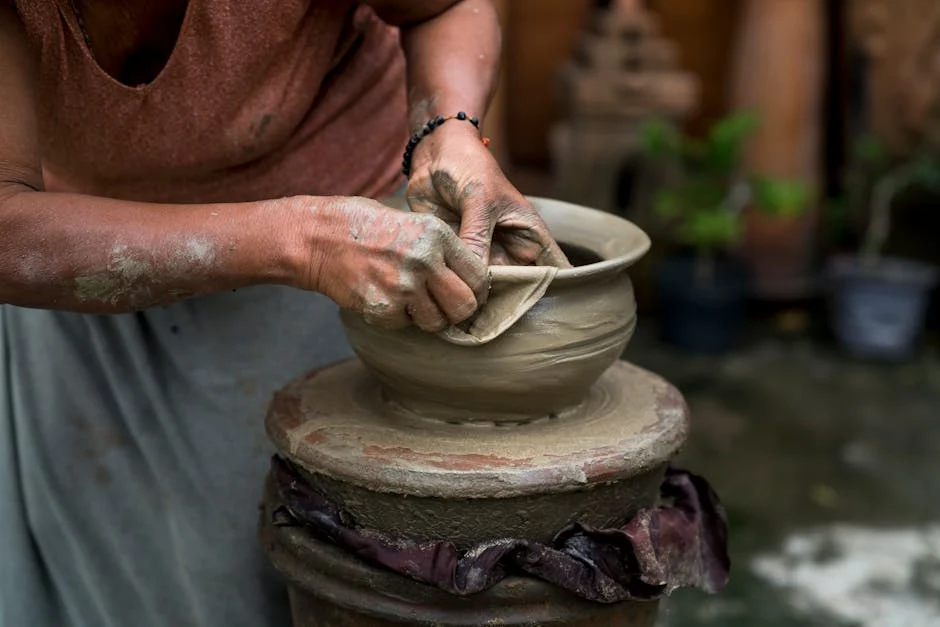Craftsmanship
Introduction
In a world increasingly dominated by mass production and automation, the concept of craftsmanship stands as a testament to the enduring value of skill, dedication, and artistry. Craftsmanship is more than just making something; it’s about imbuing an object with care, precision, and a personal touch. It’s a pursuit of excellence that elevates the ordinary to the extraordinary. This article explores the essence of craftsmanship, its importance, and its continued relevance in the modern age.
The Essence of Craftsmanship
Defining Craftsmanship
Craftsmanship transcends mere functionality. It involves:
- Skill and Expertise: A deep understanding of materials, techniques, and tools.
- Attention to Detail: Meticulous focus on every aspect of the creation process.
- Dedication and Passion: An unwavering commitment to quality and excellence.
- Artistic Vision: The ability to transform raw materials into something beautiful and meaningful.
The Importance of Craftsmanship
Craftsmanship offers several benefits, both tangible and intangible:
- Superior Quality: Handcrafted items are typically more durable and long-lasting than mass-produced goods.
- Uniqueness and Individuality: Each piece is distinct, reflecting the artisan’s personal touch.
- Sustainability: Often utilizes traditional techniques and locally sourced materials, minimizing environmental impact.
- Preservation of Heritage: Safeguards traditional skills and knowledge passed down through generations.
- Emotional Connection: Craftsmanship fosters a deeper appreciation for the object and its creator.
Craftsmanship in the Modern Age
The Resurgence of Interest
Despite the rise of technology, there’s a growing appreciation for handcrafted goods. This resurgence is driven by several factors:
- Desire for Authenticity: Consumers seek products with character and a story to tell.
- Rejection of Mass Production: A reaction against the uniformity and disposability of mass-produced items.
- Support for Local Artisans: A desire to support small businesses and local economies.
- Appreciation for Quality: A recognition of the superior craftsmanship and durability of handcrafted goods.
Examples of Modern Craftsmanship
Craftsmanship manifests itself across various disciplines:
- Woodworking: Creating furniture, sculptures, and other objects from wood.
- Ceramics: Shaping and firing clay to create pottery, tiles, and other decorative items.
- Textiles: Weaving, knitting, and sewing fabrics to create clothing, home décor, and other textiles.
- Leatherworking: Crafting wallets, belts, bags, and other items from leather.
- Metalworking: Forging, casting, and welding metal to create tools, sculptures, and other metal objects.
Supporting Craftsmanship
You can actively support craftsmanship by:
- Purchasing handcrafted goods: Choose products made by artisans and small businesses.
- Attending craft fairs and markets: Discover local artisans and their creations.
- Taking classes and workshops: Learn a craft and develop your own skills.
- Sharing your appreciation: Spread the word about the value of craftsmanship.
Conclusion
Craftsmanship represents a timeless pursuit of excellence, blending skill, dedication, and artistry. Its resurgence in the modern age reflects a desire for authenticity, quality, and a deeper connection to the objects we surround ourselves with. By supporting craftsmanship, we not only invest in superior goods but also contribute to the preservation of valuable skills, cultural heritage, and sustainable practices. The enduring appeal of craftsmanship lies in its ability to transform the ordinary into something truly extraordinary, enriching our lives and celebrating the human spirit.














Post Comment